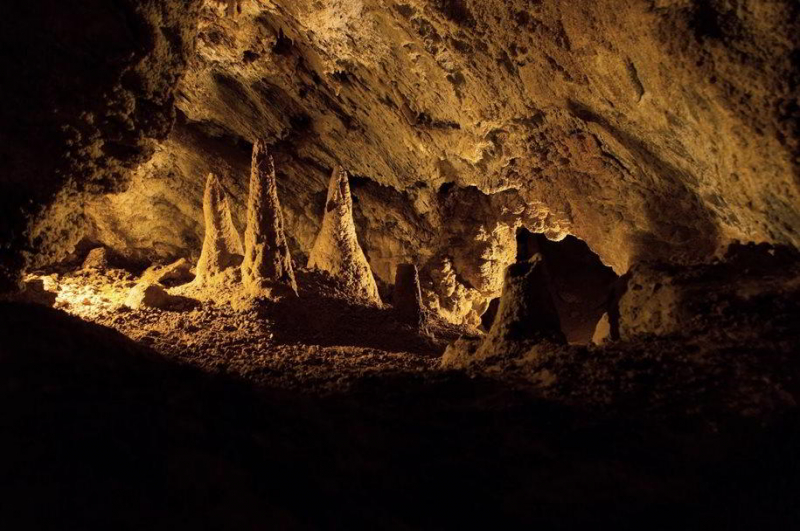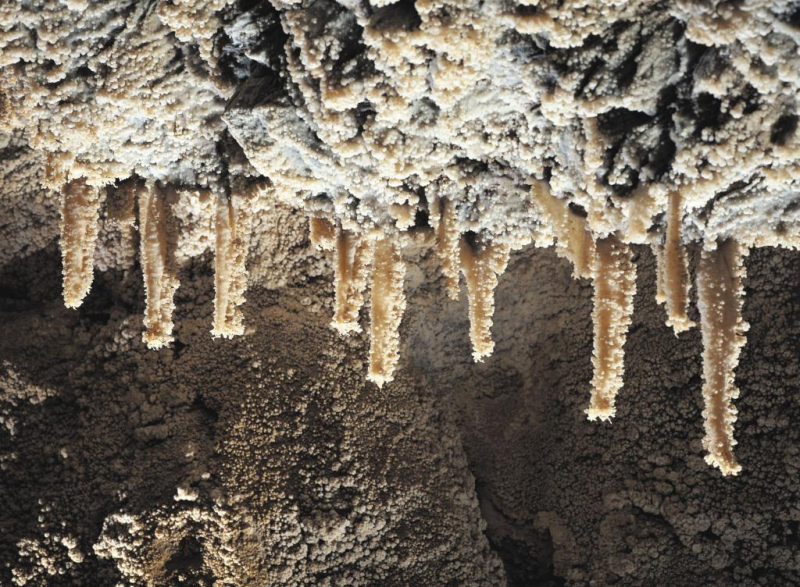The Zbrašov Aragonite Caves
The Zbraovské Aragonite Caves is one of the Most Beautiful Caves in Czech Republic, is a national natural monument near Teplice nad Bevou, Czech Republic, in the Olomouc Region. The major focus of conservation is on Europe's key hydrothermal karst zones. Among these are the aragonite caverns and the surrounding woodlands. Discovered in 1912 and opened to the public in 1926, the caverns were formed by surface water as well as subterranean mineral water springs rich in carbon dioxide, which is utilized in spas in the surrounding hamlet and spa resort of Teplice nad Bevou. The caverns are loaded with stalagmite and aragonite formations that resemble geysers and doughnuts, while the cave's deepest floors are filled with carbon dioxide. Throughout the year, the temperature hovers at 14 °C (57 °F), and the caverns are the hottest underground areas in the Czech Republic.
The caverns were formed by two distinct karst processes. The first was surface and water corrosion, which penetrated the pores in the limestone and produced vast subterranean holes. The second was warm mineral water rising from depths of up to two kilometers (1.2 mi). The cave's aragonite and calcite are primarily generated by calcium carbonate. There are three ways for something to solidify. The first is calcite, which is the most prevalent mineral and is found in cave fills such as stalactites, stalagmites, sinter deposits, and valances. There are conical geyser stalagmites that are many tens of centimeters high. These can be found nowhere else on the planet. Aragonite is the second kind of calcium carbonite. This results in white needle-like crystals. There is a discharge of water and carbon dioxide. Vaterite, the third and most uncommon type of calcium carbonate, is absent.
Location: Olomouc Region, Czech Republic










